“Stone and sea are deep in life
Two unalterable symbols of the world
Permanence at rest
And permanence in motion
Participants in the power that remains”
― Stephen R. Donaldson
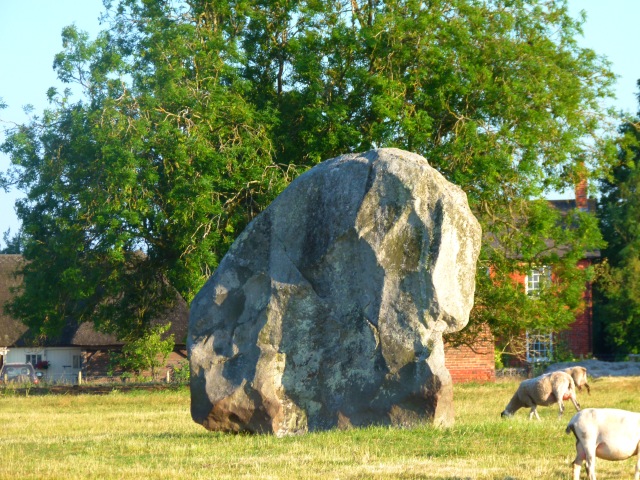 I thought about those lines a lot over the past few days. It is the chant of the giants in Donaldson’s Chronicles of Thomas Covenant the Unbeliever. As we wandered through a landscape of gigantic structures in stone and earth, saw giant figures carved into the hillsides and sat by the ever-moving waves of the shore, it kept coming to mind.
I thought about those lines a lot over the past few days. It is the chant of the giants in Donaldson’s Chronicles of Thomas Covenant the Unbeliever. As we wandered through a landscape of gigantic structures in stone and earth, saw giant figures carved into the hillsides and sat by the ever-moving waves of the shore, it kept coming to mind.
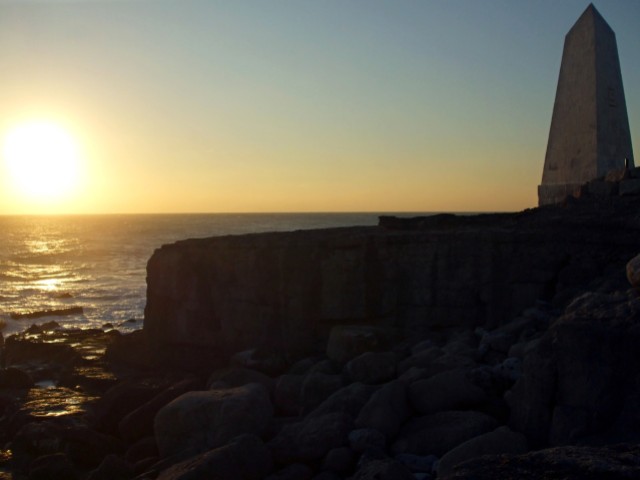
He’s right, of course, we see them as permanent, yet they too change and shift with time. Those who wrought in stone millennia ago left a mark on the landscape we can still see and touch today, yet how much has been lost? What was there that we no longer see? How much have we pillaged from their constructions to build our own? The stone may remain, but altered, shaped, reduced, perhaps, to dust. And even that, even the stone they used was once other than it became when it was hewn from the earth. Before that it was not even stone, but the possibility of stone, grown in the crucible of a new-born earth and formed into stone, perhaps, by the weight of the sea.
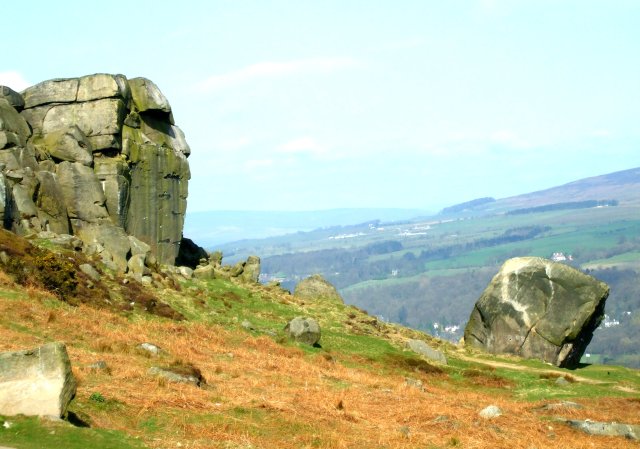 It is the same with the sea. It appears a constant, moving mass, yet, of course, it isn’t. Water evaporates and condenses, becoming clouds and rain, ice and snow. It falls on the land and runs through the stone, filtered by the living rock, until it again reaches the sea. The cycle never stops, and the permanence itself is but an illusion.
It is the same with the sea. It appears a constant, moving mass, yet, of course, it isn’t. Water evaporates and condenses, becoming clouds and rain, ice and snow. It falls on the land and runs through the stone, filtered by the living rock, until it again reaches the sea. The cycle never stops, and the permanence itself is but an illusion.
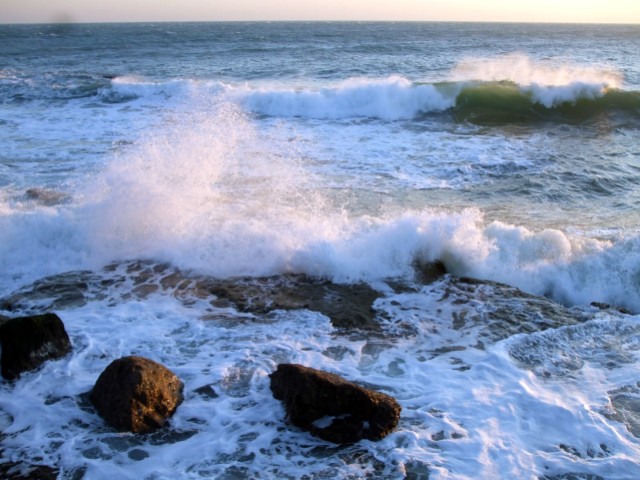 Yet their essence remains whole, throughout the changes wrought by millions of years. What they are does not change, only how they are seen, only how we see them, form them, harness and mould them. Water is water, whatever form it takes. Stone, whether shaped or crushed, does not change its essential nature with its form. So maybe we, too, though we are born, live and die, are also permanent in our essence. Maybe we too are ‘participants in the power that remains’.
Yet their essence remains whole, throughout the changes wrought by millions of years. What they are does not change, only how they are seen, only how we see them, form them, harness and mould them. Water is water, whatever form it takes. Stone, whether shaped or crushed, does not change its essential nature with its form. So maybe we, too, though we are born, live and die, are also permanent in our essence. Maybe we too are ‘participants in the power that remains’.
Something there is in beauty
which grows in the soul of the beholder
like a flower:
fragile –
for many are the blights which may waste
the beauty
for the beholder –
and imperishable –
for the beauty may die,
or the world may die,
but the soul in which the flower grows
survives.
– Stephen R. Donaldson
July 2013

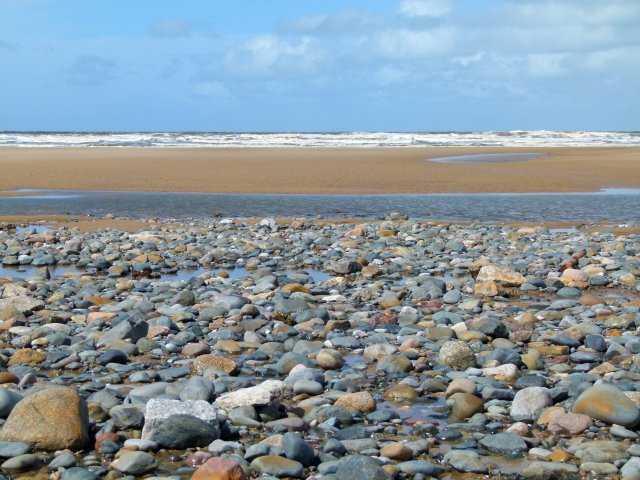
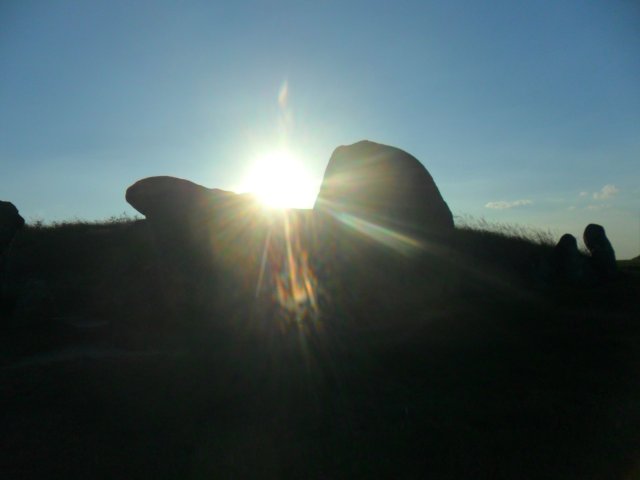

I was once enjoined to read Thomas Covenant. I cannot say I remembered those words. For me, as I read though the six books, I became increasingly bored, but stick them out to the bitter end. Parts were ok but as a series, I lost interest. However, be that as it may, your words about water and stone was interesting, in that most people would forget that water ever replenishes itself, and many a casle, monastery etc. has been torn or fallen down, blocks reused to build something new, thus also replenishing from old hewn rocks scarred by battles and weather, to be reshaped, recarved, to live again.
Evelyn
I had a hard time getting into the books initially, but once the relationship between the Land and its people became clear I was hooked, I have to say. But yes, all things seem to be replenished as part of a cycle.
The original recycling…
Indeed 🙂
Beautiful words
Thank you ☺️
You are most welcome ❤🌹
Sue, well done. Near where my daughter lives in the North Carolina highlands is Grandfather Mountain. If you approach it from Boone (named after the famous Daniel), it looks like a grandfather looking up at the stars. Keith
I have seen pictures of that, Keith.